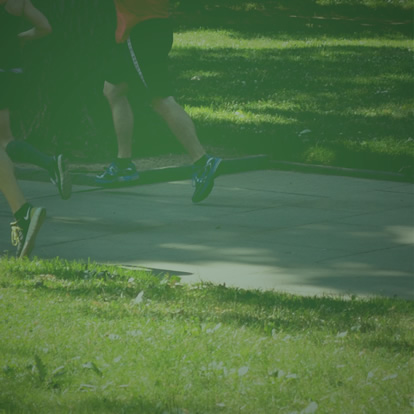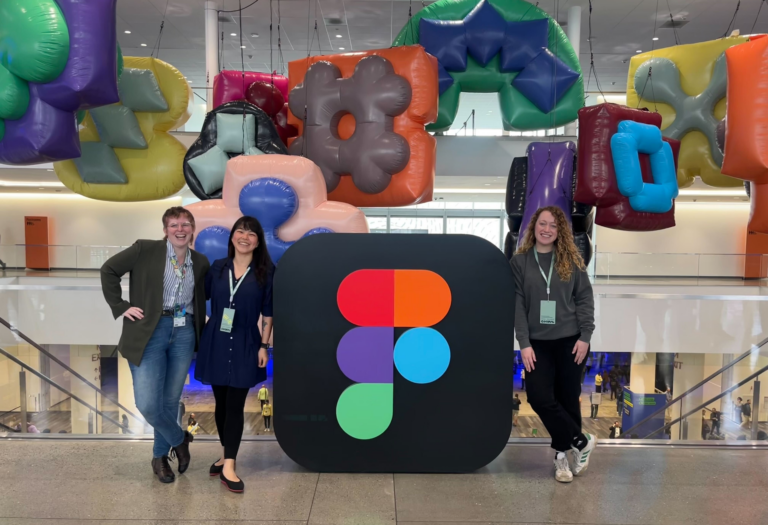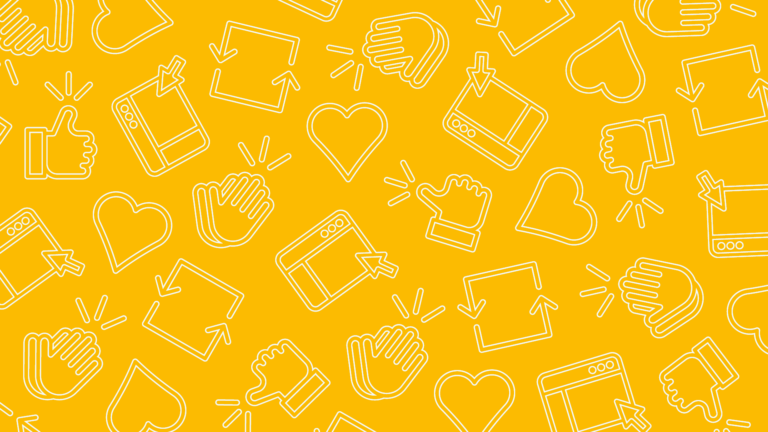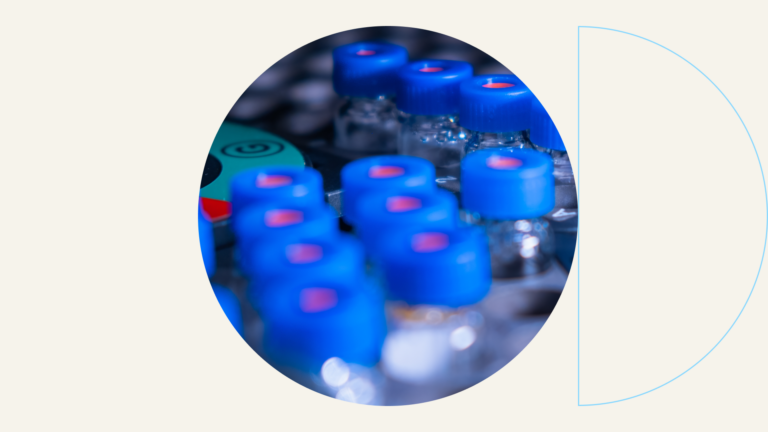Working Out: Experience Design = Adherence

Let me admit this first: I hate exercising. Or perhaps more accurately, I hate the monotony of exercising. Primarily, this has been what’s kept me from ever successfully stringing together any meaningful gym attendance or workout routine. If not for my wife I likely wouldn’t have tried at all, but (bless her soul) she convinced (shamed?) me into doing something and I did find some interest in cycling for a few years. Ultimately though, that’s just doing the same thing over and over (and over and over and over) again amongst constantly varying scenery.
With that as a backdrop, let me now say that the past seven months have been a revelation. Thanks to some friends at a client site, I learned about CrossFit and joined a local gym, CrossFit Proven. I’ve got a 32 week streak going and don’t see any reason that chain will break any time soon. I actually look forward to my workouts despite the fact that they occur at 6am.
So what changed? I don’t think much of it has to do with me. I’m old enough to recognize my patterns are mostly set (or at least well-grooved). Rather, my success seems due in large part to the experience of CrossFit. Overcoming 33 years of exercise-aversion is no mean feat, so it seemed potentially instructive to explore what exactly made this routine so sticky for me.
Expert-led
As Phil pointed out in his Bastille Day Cheese Day post, working with someone who has a passion for—and expertise in—what they do can make a huge difference. This certainly describes the coaches I’ve met at my gym and I’m willing to bet the same goes for most CrossFit professionals. Actually, they may be borderline obsessives about it. Certainly many people practice CrossFit on their own, so you don’t need to pay for the expertise. Lots of people make their own websites too. Remember Geocities? Yeah.
This expertise frees me to just show up and work. I don’t have to worry about planning my workout or that I’m doing it wrong. As one coach recently said on the CrossFit Proven blog, “All you have to do is show up, try your hardest and never, ever quit. We will take care of the rest!” This is the same we ask of our clients when embarking on a new project or preparing for a Think Session. Just show up, put in your best effort, and let us guide you.
Constantly-varied
I’ve been going to this gym 3–4 days a week for 7 months and don’t believe I’ve ever done the same workout twice. For me, that is huge. While exercising my body is the main goal, my mind can play some dirty tricks if it feels ignored. There’s a lot of form and skill involved in the workouts we undertake and ignoring that aspect will either wear you out or (worse) get you hurt faster than you’d imagine. By the end of a session, you know you’ve worked your cardiovascular, muscular, and mental systems close to their breaking points.
Similarly, think about how you interact with your computer or information phone. I’m willing to bet the way you send an email to a contact isn’t the same way five other random people do it. Those varied ways of interacting with something aren’t a mistake. They’re part of an overarching plan to help you achieve your goals as a user. Sometimes they’re there to accomodate different work styles and use cases, but other times they simply exist to help alleviate the monotony. Who wants to press the refresh button all the time when they can pull to refresh?
…and They Have a Plan
There wouldn’t be much value in an expert’s advice if all they did was throw some random exercises your way. Combining the two previous items gets you a targeted approach to meeting some very concrete, yet flexible goals. Some mornings at the gym, I’m the youngest guy there (excluding the coaches). Other times there are 20-somethings who look like they just stepped off The Real World (yes, it’s still on the air). Programming workouts for that varied a group would be a challenge if you were setting super-specific goals. Instead, the coaches provide a framework and reference goals for both men and women. From there, it’s up to you to scale the weight or activity to match your abilities.
A good experience designer does the same. We will frequently help our clients identify specific goals they want to achieve through interactions with their customers. Once those are identified, we can help structure the experience of the user to direct them towards these goals, while still allowing enough flexibility to account for unique circumstances and needs. Of course you want to generate more shopping cart conversions, but forcing folks to complete their shopping experience in one visit or via a specific path is going to result in a significant failure rate.
Complexity ≠ Quality
Dieter Rams’ 10th and final aspect of good design says “good design is as little design as possible.” This certainly holds true for CrossFit. There are hardly any specialized machines or equipment needed for a proper CrossFit gym. Weights are simple barbells, kettlebells, or good ol’ body weight. Add a medicine ball, wooden box, jump rope, and a pullup bar and you’re pretty much set. Again invoking Rams, there is a focus on the essential aspects of the movement, not high-tech machinery.
We recently had a great discussion here at Think Brownstone about designing mobile vs. desktop sites. One of the points of discussion was the idea that perhaps mobile sites perform better on mobile devices not because they’re designed for mobile, but because the platform has forced the designer to reduce the site to its most essential elements (Bruce Lawson does a nice job laying out this argument if you’re interested). Throwing the kitchen sink up on your site and hoping something sticks is easy. Cramming that all on to a 3.5″ screen is not. Uncovering users’ needs and how to most-efficiently address them is something that usually takes an outside perspective and a good amount of experience.
It’s Planning All the Way Down
In our world here at Think Brownstone, good design usually manifests itself as a page layout, website, or app. Sometimes it’s something more physical like a workspace or event. What I hope is evident after this post, though, is well-designed experiences are everywhere. The next time you find yourself really enjoying or deriving great benefit from something, take a moment to consider the elements that resulted in that experience. Then dig a layer deeper. Then another and another. When you finally hit bottom, you’ll likely find that your enjoyment is the direct result of some very well-refined thinking and meticulous planning. While it may not be sexy, that is the essence of crafting a quality experience. And quality experiences are what bring users…customers…people back for more.




